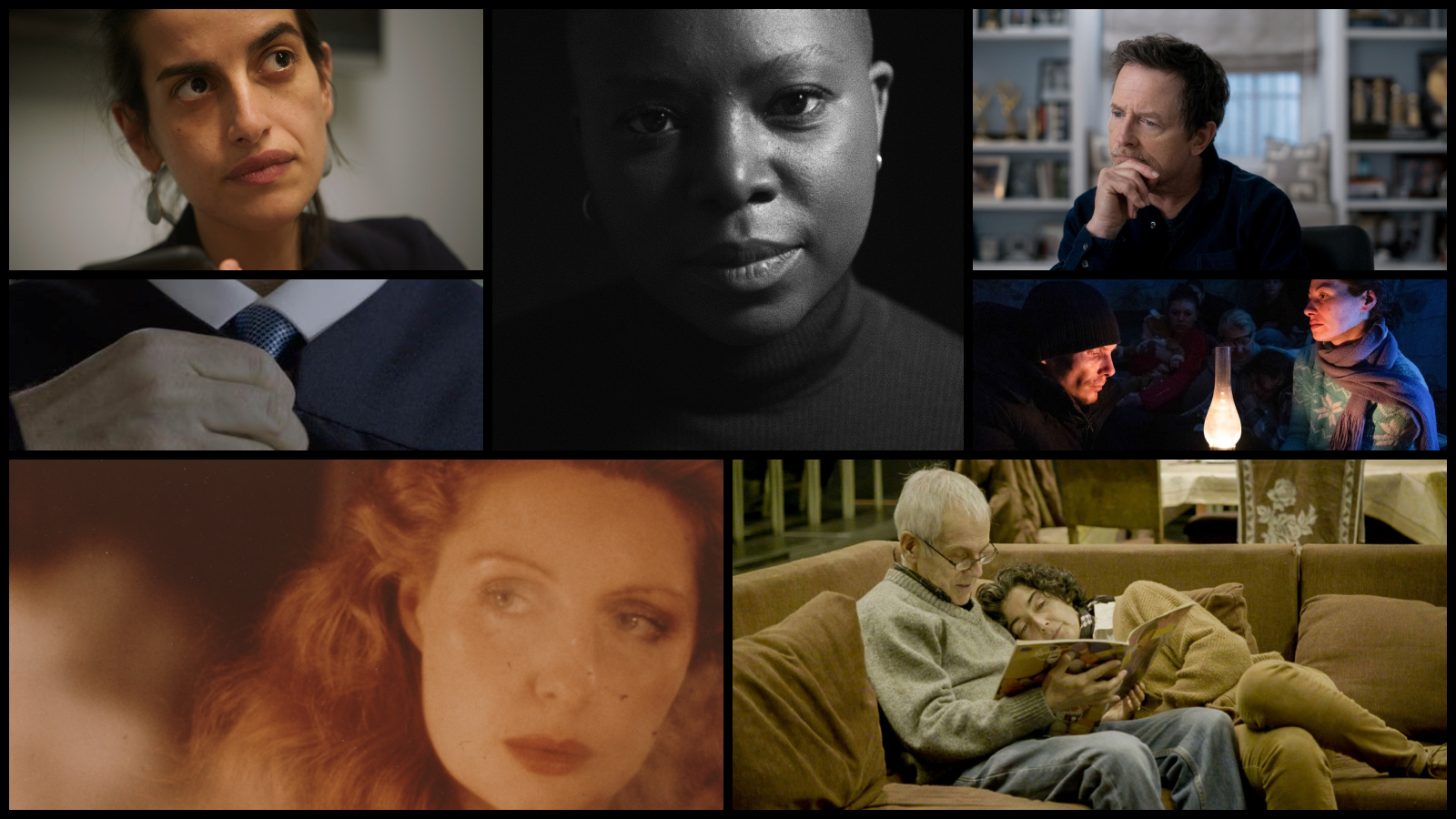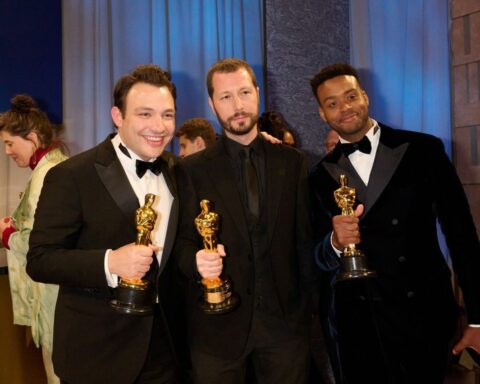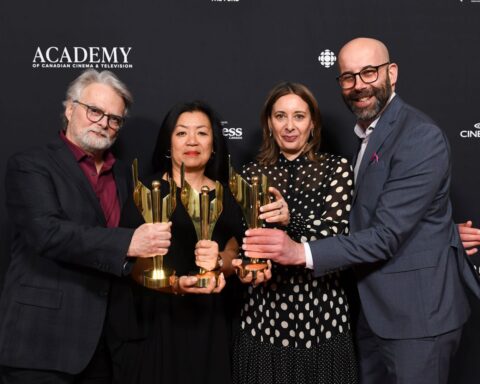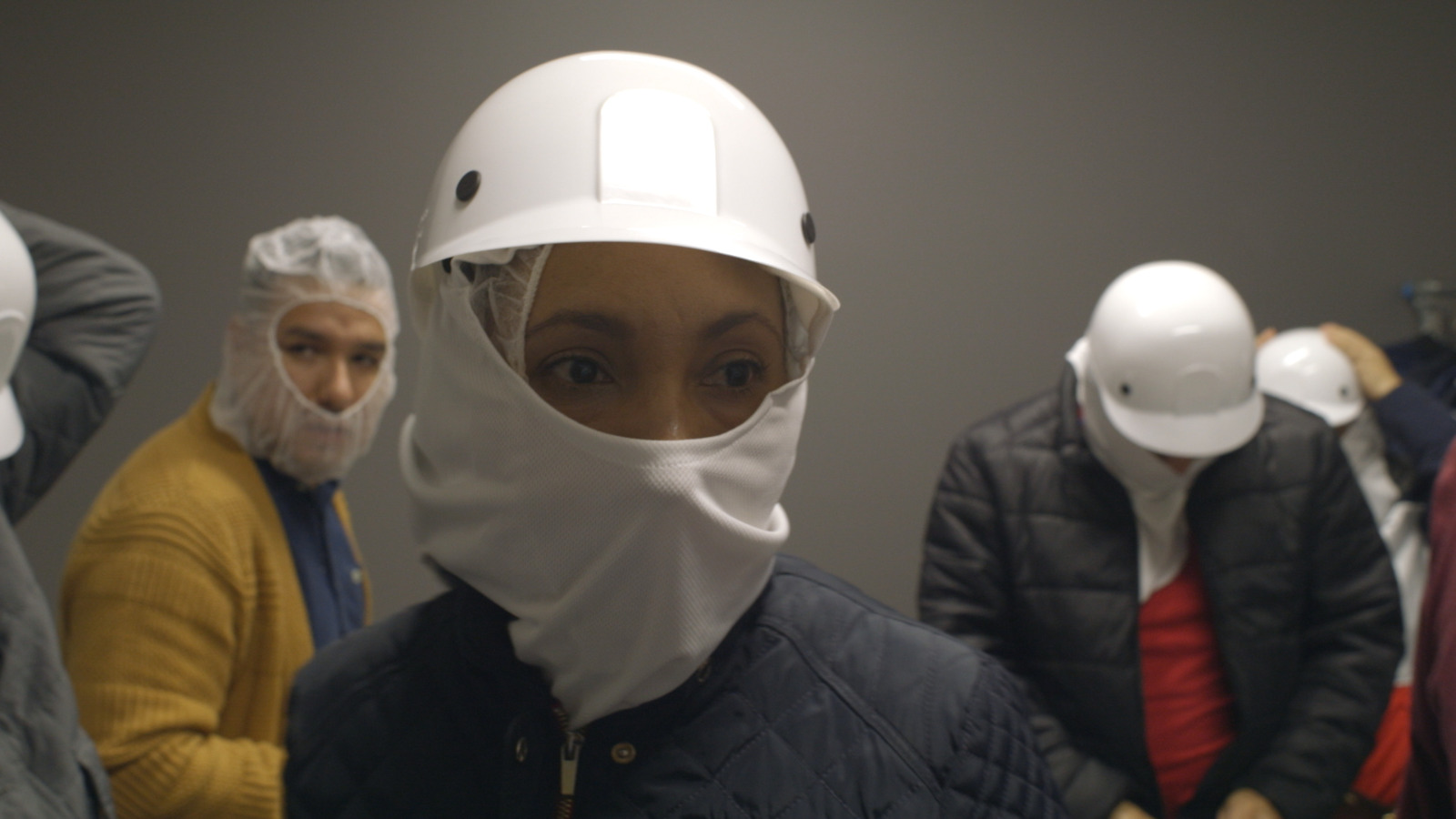The Sundance Film Festival returned to in-person screenings for the first time since 2020. While the POV team covered the festival remotely, one could sense that the era of virtual festivals is fading fast. Sundance still delivered the best digital edition on the festival circuit thanks to the range of available titles, accessibility, and user friendliness. However, the festival understandably prioritized the in-person experience with digital access beginning on a 1-2 lag depending upon one’s access level, so films didn’t seem to “pop” the way they did during previous virtual editions, at least for a remote attendee, who may have been able to see a wider range of programmimg due to the convenience of virtual access, That’s a trade-off, since some of the best films weren’t among the higher profile titles garnering notice.
In 2021 and 2022, everyone usually screened films at the same time, which mirrored “event viewing” with responses that reflect in-person post-screening reactions. This year, responses seemed fairly fragmented. Even for our own team, I usually only got a sense of colleagues’ take on films if we touched based via text or phone. Generally, though, the consensus for our team was that the documentary front was again where Sundance delivered.
Nearly all of the documentaries at Sundance were available virtually, save for the late additions of Stephen Curry: Underrated, directed by Peter Nicks, and Justice, the Brett Kavanagh film directed by Doug Liman. The latter arguably made some of the biggest noise for one watching from afar. While reviews from Park City indicated that audiences might not get the bombshells they’re expecting, critics noted that Justice synthesizes a complex case in 84 minutes and merits renewed anger or a new investigation.
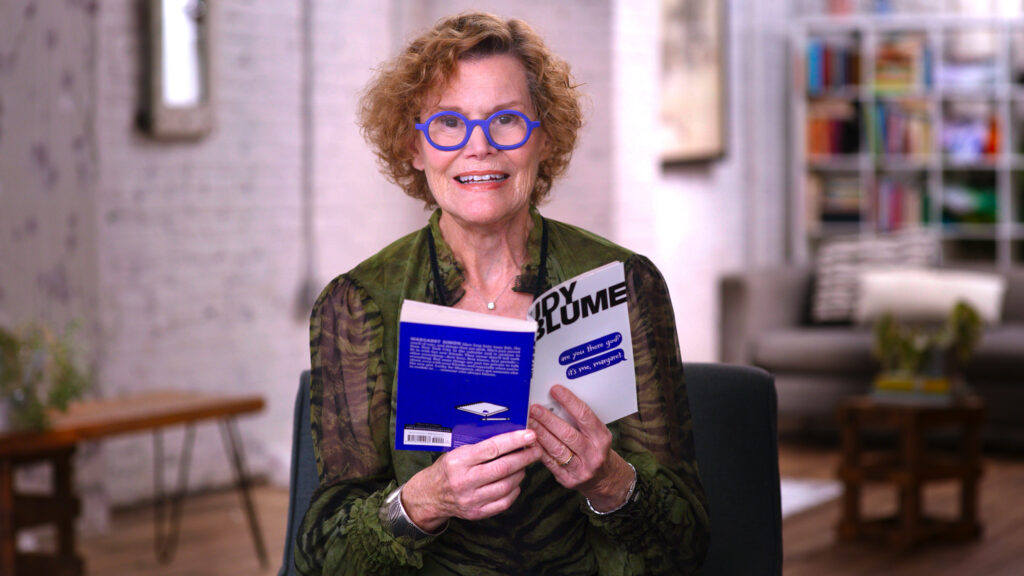
Best of the Fest
The consensus favourite for the POV team is admittedly one of the splashier celebrity docs that went into Sundance with distribution. Still: A Michael J. Fox Movie will debut on AppleTV+ later this year and multiple contributors tapped Davis Guggenheim’s film as the best documentary of the festival for its frank and nuanced portrait of Fox’s career as an actor and activist. The film also topped the documentary poll Indiewire’s survey of 367 critics.
Similarly, I have an affinity for Davina Pardo and Leah Wolchok’s Judy Blume Forever, Prime Video’s big doc premiere. The film salutes the beloved author of young adult fiction and featured Blume in candid interviews about her inspiration for tackling themes of gender and sexuality in books for young readers. The film smartly gives space to readers whose lives have been shaped by Blume’s books, which takes the profile beyond merely congratulation. This is a warm and funny look at the power of words and the need to fight for freedom of expression among artists.
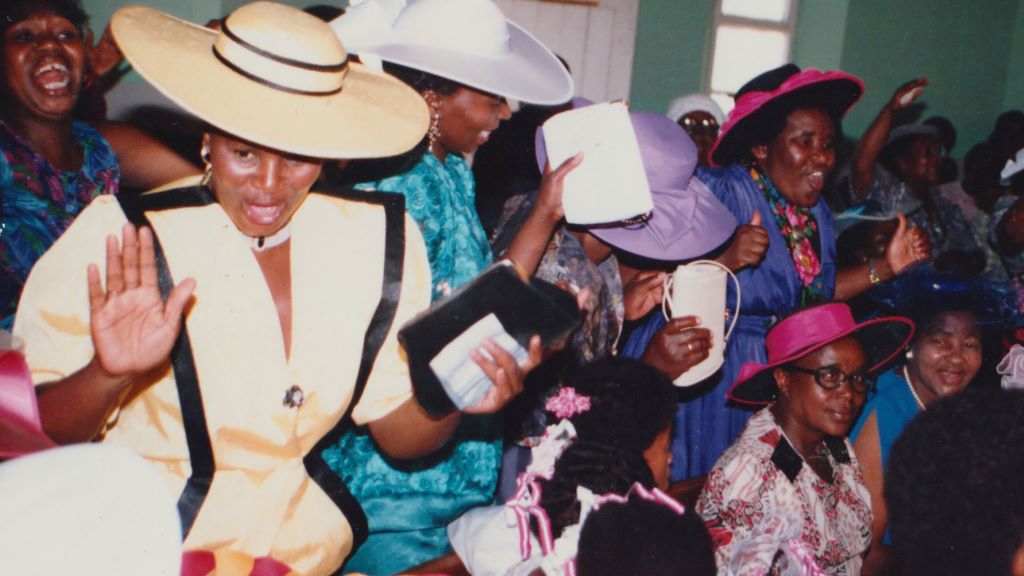
For my money, though, the standout documentary of Sundance is Milisuthando Bongela’s World Cinema competition title Milisuthando in a runaway. This dextrously layered essay film examines identity and apartheid through a deeply personal lens. In terms of aesthetics, scope, and ambition, nothing else on Sundance’s documentary front matched it. Milisuthando stood out as a distinctive feat of auteur cinema and should enjoy a strong run on the festival circuit. In addition to delivering a probing and complex interrogation of identity and belonging, Milisuthando marked one of Sundance’s notable works for advancing one’s idea of what documentary can be.
Audience Award Winners
Other highlights include Sundance’s two Audience Award winners: 20 Days in Mariupol, directed by Mstyslav Chernov, and Beyond Utopia, directed by Madeleine Gavin. Both films should appeal to doc fans with an interest in human rights causes and an ability to withstand a sizable adrenaline rush. Mariupol, for one, tackles the war in Ukraine with an urgent spark. The film features extensive footage shot by Chernov for the Associated Press during three fateful weeks in Mariupol. However, the film is all about the full story that doesn’t make the evening news, as Chernov offers the quick hits favoured by broadcasters who cherry pick the most sensational seconds of a complex event. Similarly, 20 Days in Mariupol uses the broadcasts of Chernov’s footage to show how Russia’s propaganda machine reframes its crimes as fake news. This gripping film pays particular emphasis to the civilian costs in this city under siege.

Although it went home empty handed, stories from Ukraine fuelled fellow World Cinema competitor Iron Butterflies. The film by Roman Liubyi takes an unconventional approach to the tragedy of Malaysia Airlines Flight 17, which was shot down in Ukraine airspace in 2014. Where Mariupol favours reportage, Butterflies adopts a hybrid format that mixes conventional verité with dash cam footage, simulations, dramatic interludes, and musical numbers. The film uses its hybrid style to unpack the constructedness of images. As with Chernov’s film, Liubyi tackles fake news and propaganda to draw attention to citizens in urgent need of global aid.
Similarly, Beyond Utopia, a late addition to the line-up and one that withheld specifics of its take on North Korea pre-fest, gives an extraordinary glimpse into the fight to survive. The film uses the stories of defectors to explore how North Korea’s isolationist practices leave citizens vulnerable to indoctrination. Gavin takes audiences along a perilous journey as a pastor in South Korea works with brokers to bring defectors across the border. The crossing is intense and shot with a clandestine aesthetic that underscores the danger of being caught. The film is fearless and brave, and among the likeliest of Sundance’s documentaries to be in the conversation come awards time.

An Oscar Bellwether?
Sundance solidified its stand as the world’s best launchpad for documentaries by netting a majority’s share of premieres on the Oscar shortlist back to back over the last two years. This year’s crop, however, might not hold obvious frontrunners that previous festivals delivered with docs like American Factory, Crip Camp, Summer of Soul, Flee, Navalny, and Fire of Love. That doesn’t mean the Sundance docs lack for quality—far from it. Rather, few of the top docs reflect the usual Oscar-bait ingredients. Although, notably, current Oscar-nominated Sundance docs All that Breathes and A House Made of Splinters show that there’s increasingly room for independent, artistic, social impact films on voters’ ballots.
One film that might prove a strong competitor in the right hands is Nicole Newnham’s The Disappearance of Shere Hite. Easily the strongest of the biographical docs at Sundance, Newnham’s sumptuously composed film revives the story of the groundbreaking, if controversial, sex researcher who empowered women and angered men with her reports on sex. Newnham’s film is an accessible and thoughtful look at Hite. It unpacks the pros and cons of her work and the methodology behind it. As the film situates Hite’s legacy amid the backlashed that precipitated her withdrawal from public life, it underscores many factors of misogyny and inequality that continue today.
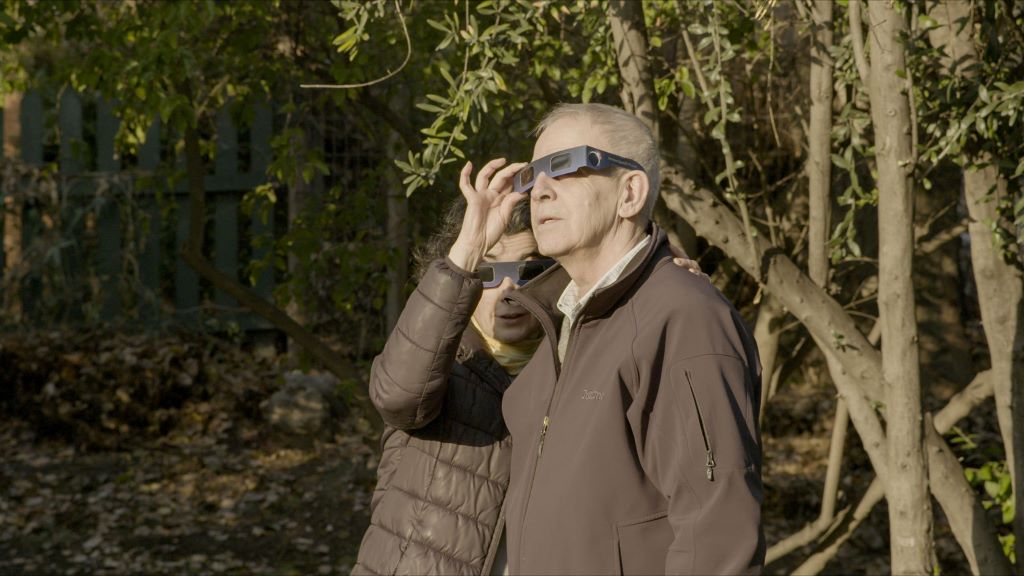
Sundance could bring Newnham’s fellow Oscar/Sundance 2020 alumna Maite Alberdi back to the Oscars as well. Alberdi’s poignant follow up to The Mole Agent, The Eternal Memory, scored a sale with MTV Documentary and won the Grand Jury Prize for World Cinema. The Eternal Memory’s intimate and touching portrait of a Chilean couple dealing with an Alzheimer’s diagnosis should find wide appeal. It could prove a viable option for Chile in the Oscars’ Best International Feature race, too, as more docs find room among submissions.
Similarly, Sundance’s winner for directing in the U.S. doc competition, Luke Lorentzen’s A Small Still Voice resonates strongly thanks to the collective trauma of the COVID years. The film, which observes aspiring chaplain Mati Engel, has one of the festival’s most memorable doc characters. Lorentzen’s film finds great power in its ability to hold on difficult moments as Engel offers spiritual support for patients and their families during some of the most difficult events of their lives.
Signs and Symptoms of COVID-19
A Still Small Voice also deals with the COVID-19 pandemic in ways that documentary hasn’t previously done so with success. Engel and most subjects wear masks throughout the film, yet Lorentzen’s choice to shoot much of the doc in close-up lets the characters’ eyes convey the emotional stakes of the situation. Rather than seem like a hindrance, the presence of COVID-19 ups the impact. Engel, moreover, undergoes her residency amid the height of the outbreak, so the virus is simply another factor with which she, her colleagues, and her patience have to deal with. The timeline makes the film’s consideration of burnout among caregivers hit even harder.
The same could be said of Ido Mizrahy’s touching study of isolation in Sundance’s Day One doc The Longest Goodbye. Although in production before COVID, the film’s themes echo the distance, both literal and figurative, we’ve experienced lately. Docs at Sundance this year generally reflected filmmakers’ adaptability over lockdown.
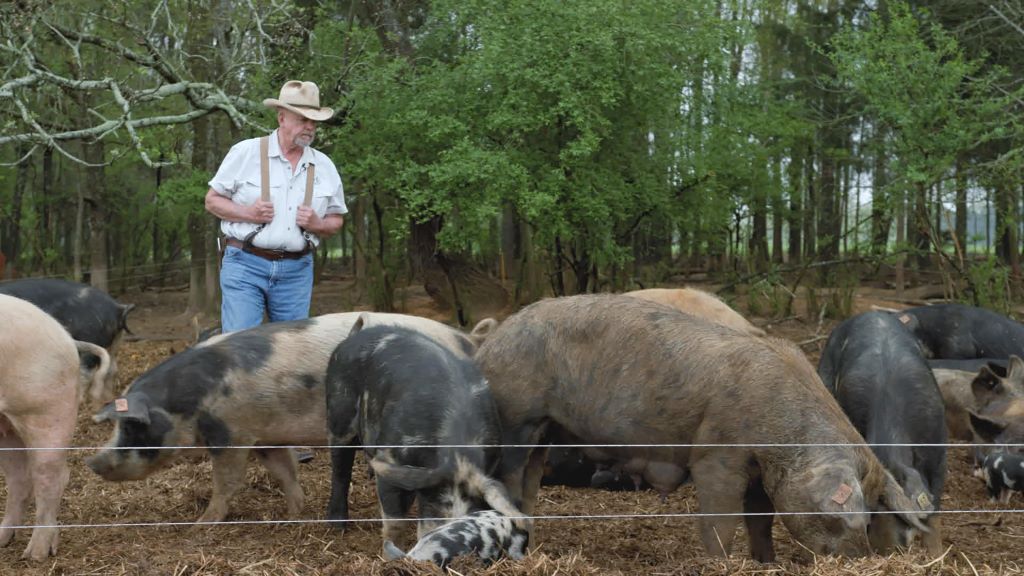
One notable exception, however, was the timely study of food sustainability and America’s broken agriculture industry, Food and Country. The documentary directed by Laura Gabbert follows renowned food writer Ruth Reichl as she investigates how farmers and restaurateurs deal with interruptions to their businesses amid lockdowns. The inquiry here is all sound and the information undeniably important. However, Food and Country almost feels dated as a COVID-era doc. Much of the film favours Zoom interviews, although one can certainly relate to the pile of books on which Reichl places her computer to ensure decent framing. Her interviewees don’t often do the same, though, and the result isn’t aesthetically pleasing despite the handsome B-roll that fills in the visuals. Particularly for viewers experiencing significant Zoom fatigue these days, the effect leaves something to be desired. There’s only so much time one can spend watching other people on Zoom after spending all day on the computer oneself.
Character Studies
While industry reports reflect concerns that COVID-era moviegoing numbers made for quieter business at Sundance, a few docs found some notable deals. Perhaps most pleasantly surprising is the news that Mongrel Media signed a deal to bring Canadian audiences D. Smith’s innovative KOKOMO CITY, which vivaciously invites four Black transwomen to share their experiences as sex workers. (Magnolia has it for the USA.) The film won two prizes in the NEXT programme and delivered exactly the kind of indie spirit one hopes to find at Sundance. Expect a good festival run. Sundance’s other portrait of the experiences of Black trans sex workers, The Stroll, had HBO attached pre-fest but should have legs thanks to an equally well-received premiere.
Similarly, Magnolia and CNN picked up Lisa Cortés’s lively music doc Little Richard: I Am Everything. The film is a hugely entertaining, if imperfect, look at Little Richard in all his complexity.
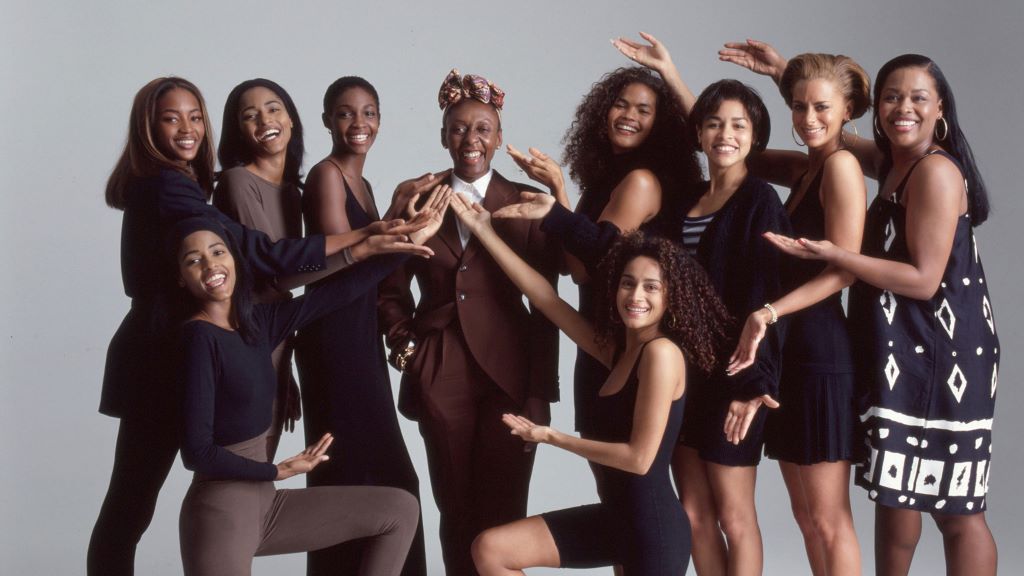
Veteran supermodel Bethann Hardison, meanwhile, delivers a handsomely provocative study of Blackness and selfhood in Invisible Beauty. Directed by Hardison and Frédéric Tcheng, this self-portrait uses the model’s career to reflect upon the fashion industry’s whitewashing of beauty. While the doc labours on at nearly two hours, much like bloated Indigo Girls doc It’s Only Life After All could have used a fashion editor’s eye for tightening material, Invisible Beauty speaks to essential concerns about representation and inclusion. Hardison’s story is an inspiring call to action for gatekeepers to change. Even the doc slate’s misfires like Is There Anybody out There? or 5 Seasons of Revolution, one could appreciate how Sundance made room for voices pushing against the status quo.
Other notable characters at Sundance are in docs still up for grabs, mostly notably the Aaju Peter profile Twice Colonized. The film directed by Dane Lin Alluna sees lawyer and activist Peter carry on her fight for Indigenous rights, particularly as pertains to the seal hunt. The film is more of a straightforward in-the-moment character piece than Angry Inuk, Alethea Arnaquq-Baril’s film that intersected Peter’s activism with her own, but the framing of Twice Colonized looks at the consequences of colonialism cross borders through Peter’s experience as a Greenland-born, Canadian-based Inuk feeling the effects of two settler states. As with many of the docs mentioned here, Twice Colonized should enjoy a healthy festival run that connects audiences with the memorable figures and worthy stories at its core. That ultimately matters more than notches on the Oscar shortlist, doesn’t it?




